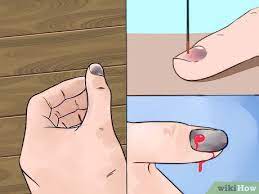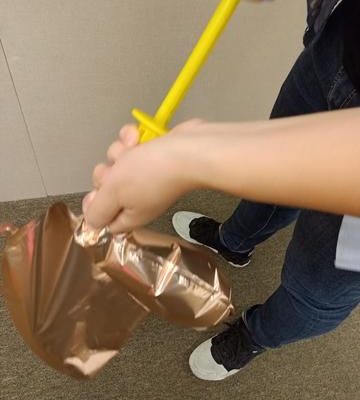How to Use a Harness for Rock Climbing

For any rock climbing enthusiast, harnesses are quintessential gear that ensures both safety and comfort during a climb. Whether you are a seasoned climber or a newcomer, knowing how to use a harness correctly is vital. In this article, we’ll walk you through the process of using a harness for rock climbing.
1. Choosing the right harness
First and foremost, you need to select the appropriate harness for your climbing needs. Look for one that fits comfortably around your waist and thighs while ensuring it allows unrestricted movement. Harnesses come in various sizes, so make sure to try on different models to find the perfect fit.
2. Putting on your harness
Step into the waist loop and leg loops with your legs. The padding should lie against your body, while the belay loop should be in front of you.
Tighten the waist belt by pulling it snug but not too tight, leaving enough room for two fingers to slide between the belt and your body. After securing the waist belt, it’s time to adjust each leg loop individually until they’re snug but still comfortable.
Double-check your harness adjustments, ensuring that all straps and buckles lay flat and making sure there are no twists in any of the straps.
3. Attaching gear to your harness
Your harness will typically have several gear loops or attachment points. This is where you’ll clip all necessary equipment like carabiners, quickdraws, slings, protection devices, and belay devices that you’ll need during your climb.
Be strategic about how you attach gear; aim for an even distribution of weight along with easy access to items when needed.
4. Tying into the rope
Once your harness is secure and well-fitted, it’s time to tie into the climbing rope. Thread one end of the rope through both tie-in points on your harness (which can be found near your belay loop). Then, tie a figure-eight knot and secure it with a stopper knot, ensuring that you have at least 6 inches of tail left.
5. Belaying safely
Belaying forms an integral part of climbing activities, as it ensures the climber’s safety during a climb. When belaying, make sure to fasten your belay device (with the carabiner) to the belay loop on your harness. Always keep your brake hand on the rope and attend to your partner’s movements.
6. Cleaning up after climbing
At the end of each climbing session, remove your harness carefully and unclip all gear before safely storing it in your climbing bag. Inspect the harness for any signs of wear, tears, or damage after every use and replace it if needed.
In conclusion, mastering the art of using a harness is essential to ensure a safe and successful rock climbing experience. Practice putting on and adjusting your harness frequently, so you get accustomed to the process. With careful attention and proper use, your harness will provide you with comfort and security during even the most challenging climbs.






